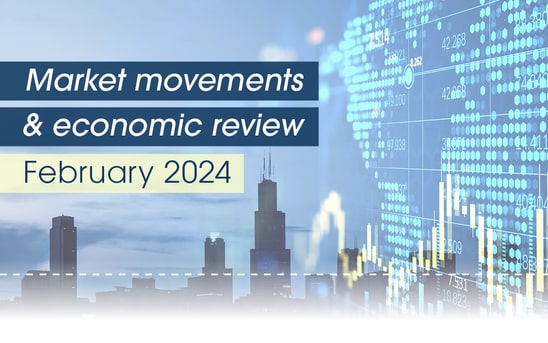
If one of your goals is to buy your own home, then 2024 might just be your lucky year. It will see the launch of the Federal Government’s exciting new Help To Buy scheme.
Over the next four years, this initiative aims to help up to 40,000 low- and middle-income Australians finally buy a place they can call home. Here’s how it’s going to work.
Bringing home ownership within reach
The Help To Buy scheme is a shared equity scheme between home buyers and the Federal Government. It allows the Government to contribute to buying your home, so your initial and ongoing costs are significantly reduced.
The Government will contribute up to 40% of the price for a new home and up to 30% for an existing home. Your upfront costs are further reduced because you only need a minimum 2% deposit, with no lenders mortgage insurance payable, and you will only make repayments on your share of the mortgage. It’s all geared to get you buying a home sooner rather than later and making your ongoing repayments more manageable.
What’s more, the government will not charge any fees or interest on their investment. It’s like an interest-free loan that you only pay back if you sell. Plus, you can start buying back the government’s share after the two years.
Making sure you’re eligible
To be eligible, you must be an Australian citizen, at least 18 years of age, and with an annual income of not more than $90,000 for individuals, or $120,000 for couples.
Applicants don’t need to be first-home buyers, which is different to existing schemes. However, you must live in the home you buy, and you can’t own any other land or property in Australia or overseas while in the scheme.
Even though the required minimum deposit is just 2%, you must still be able to finance your share of the loan. This includes proving you can pay for all up-front mortgage costs like stamp duty and legal and lender’s fees. You will also be responsible for ongoing costs associated with the property such as maintenance, rates, strata, and utility bills.
All this is in line with the normal checks on a borrower’s suitability that your mortgage lender will carry out. And with our long list of lenders, we can make sure you are paired with one that suits your circumstances and is approved for government schemes.
Some things to keep in mind
Help to Buy will only be available once the state you live in has passed legislation supporting the scheme. But don’t worry, all Australian states and territories have agreed to pass legislation in early this year.
10,000 places every year will be allocated per capita across the states and territories, with approval given on a first come, first served basis. This effectively means there are caps on the number of approvals in any given area, which makes it very important to get your application in as early as possible.
Currently, the maximum eligible home price varies from state to state, and between capital cities and regions, and are expected to be in line with the similar schemes such as the First Home Guarantee. For example, the property price cap for Hobart is $600,000 with $450,000 for the rest of Tasmania. In Sydney and regional NSW cities, it’s $950,000 and $750,000 across the rest of the state.i
Say the government takes out a 30% share ($300,000) in your $900,000 home. If you sell, you’ll have to repay the $300,000 plus 30% of any capital gain the property has made. How any property improvement costs will be factored into this calculation will become clear once the state legislation is passed.
Helping you into your new home
Since you can’t apply until the Help To Buy scheme is approved by the State Government, we’ll keep you up to date with what’s happening as more information becomes available.
In the meantime, we can work with you to discuss your eligibility for this upcoming scheme and existing initiatives, and can help you start the process to prepare to buy in the future.




